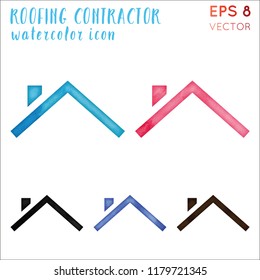Seasonal Factors In Business Exterior Painting: Trick Insights You Should Recognize
Seasonal Factors In Business Exterior Painting: Trick Insights You Should Recognize
Blog Article
Short Article Writer-Doherty Urquhart
When you're intending an industrial outside painting project, seasonal variables can make or break your outcomes. You'll want to consider just how temperature level and humidity impact paint application and drying times. Choosing the appropriate season can guarantee your paint adheres effectively and lasts longer. But which seasons are really the very best for this type of job? Let's check out the crucial elements that can affect your task's success.
The Effect of Temperature on Paint Application
When you're planning a business external painting job, the temperature can dramatically influence just how well the paint adheres and dries.
Ideally, you intend to repaint when temperature levels range in between 50 ° F and 85 ° F. If it's also cold, the paint might not cure appropriately, causing problems like peeling off or splitting.
On the flip side, if it's as well hot, the paint can dry out also swiftly, avoiding correct attachment and causing an irregular surface.
You should additionally take into consideration the moment of day; morning or late afternoon provides cooler temperature levels, which can be a lot more beneficial.
Constantly inspect exterior painters for the specific paint you're using, as they commonly offer support on the ideal temperature level variety for optimum results.
Moisture and Its Effect on Drying Times
Temperature level isn't the only ecological variable that affects your commercial exterior painting job; humidity plays a significant duty too. High humidity degrees can reduce drying out times significantly, influencing the total quality of your paint work.
When the air is filled with dampness, the paint takes longer to cure, which can bring about concerns like poor bond and a greater threat of mildew development. If you're repainting on an especially humid day, be prepared for extended wait times between coats.
It's essential to check local weather and strategy as necessary. Preferably, aim for moisture levels between 40% and 70% for optimum drying.
Keeping these consider mind ensures your project stays on track and delivers a long lasting finish.
Best Seasons for Commercial Outside Painting Projects
What's the most effective season for your commercial external painting projects?
Springtime and very early fall are commonly your best options. During these periods, temperature levels are moderate, and humidity degrees are often reduced, creating ideal conditions for paint application and drying.
Prevent summer's intense heat, which can create paint to completely dry as well swiftly, leading to poor adhesion and surface. Likewise, wintertime's chilly temperatures can prevent appropriate drying out and healing, taking the chance of the long life of your paint work.
Aim for days with temperatures in between 50 ° F and 85 ° F for optimum results. Remember to check the neighborhood weather forecast for rainfall, as damp problems can spoil your project.
Planning around visit the following internet site ensures your painting project runs efficiently and lasts longer.
Final thought
In conclusion, preparing your commercial external paint tasks around seasonal considerations can make a considerable difference in the outcome. By organizing job throughout the optimal temperature levels and humidity levels, you'll ensure better adhesion and drying times. Bear in mind to keep an eye on regional weather forecasts and pick the right time of year-- spring and very early loss are your best choices. Taking these actions will aid you achieve a sturdy and professional surface that lasts.
